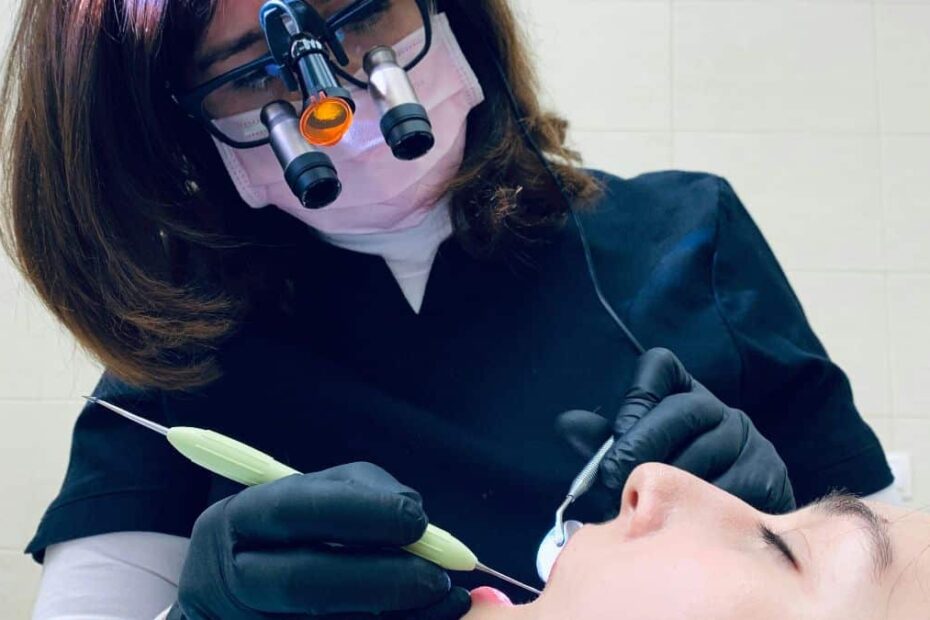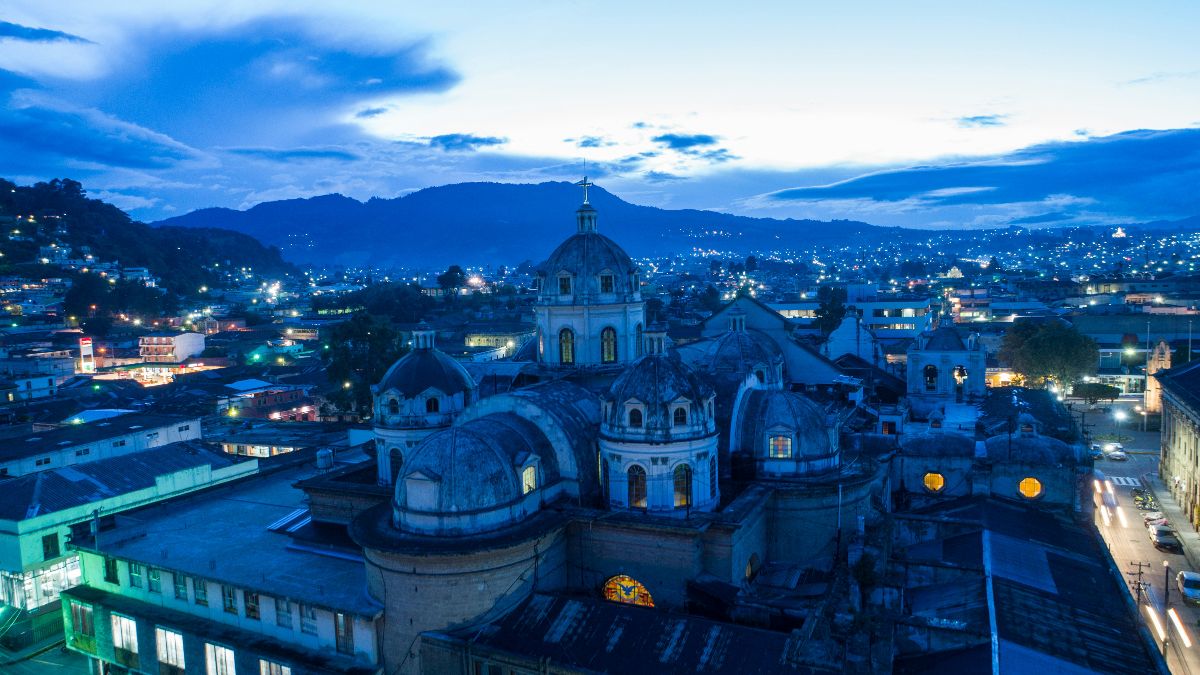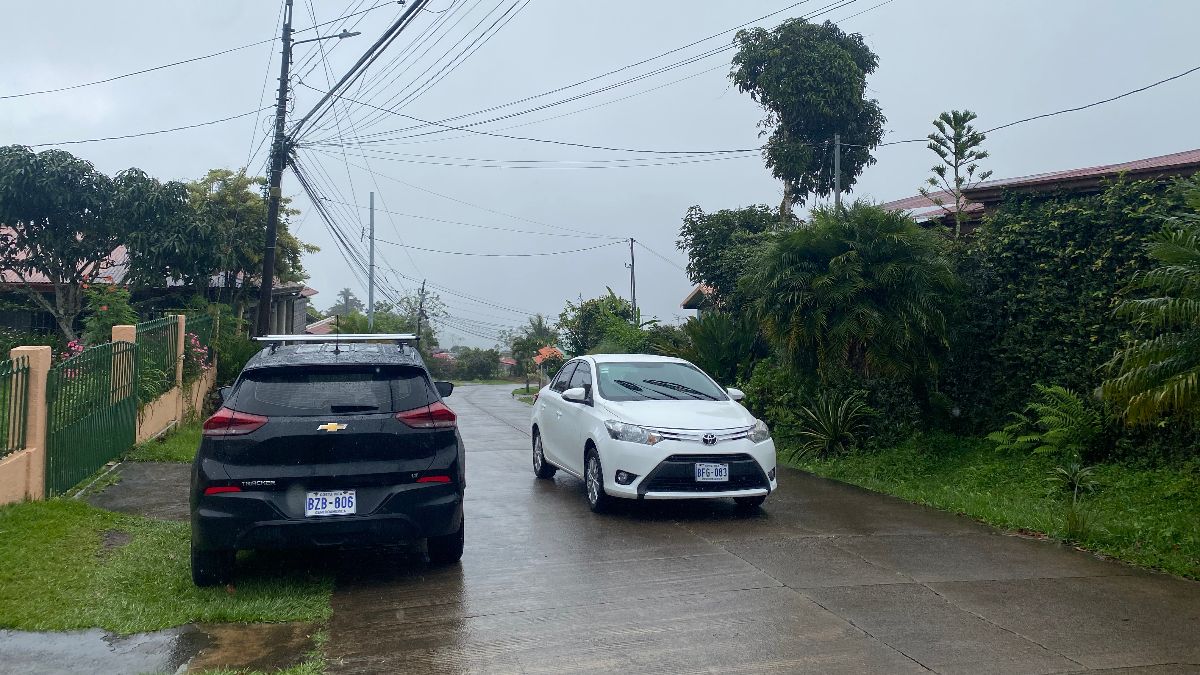An overview of medical tourism in Central America, explaining what the region offers, which countries have the strongest medical-tourism infrastructure, and what to consider before planning a medical trip.
Medical tourism has become somewhat of a factor in Central America as more people consider the region for dental work, cosmetic procedures, orthopedics, bariatric surgery, fertility care, and comprehensive checkups. Rising healthcare costs in the United States and Canada push many people to explore alternatives, and Central America offers competitive pricing in private hospitals with experienced specialists. The region doesn’t totally replace the standards found in top-tier American medical centers, but certain countries provide high-quality options at accessible prices plus offer the opportunity for recovery in a tropical destination to boot.
Why Central America Attracts Medical Travelers
Private healthcare services around Central America have expanded significantly during the past two decades, and the sector now attracts tens of thousands of international patients each year. A mix of cost, convenience, English-speaking specialists, and straightforward logistics makes the region particularly appealing to North Americans:
- The primary draw is cost. A wide range of procedures in Costa Rica and Panama can cost 40 to 70 percent less than in the United States. Dentistry, cosmetic surgery, bariatrics, and orthopedics are especially competitive because the private sector has invested in equipment, training, and patient services.
- Private clinics in the region also tend to coordinate consultations and procedures efficiently. This appeals to travelers who want predictable scheduling and direct access to specialists. Internationally trained surgeons are common, and most private hospitals have bilingual staff who understand the needs of foreign visitors.
- Quality varies by country and clinic, but modern facilities are increasingly common in the region’s main cities. Clinics import much of their medical equipment and follow international sterilization protocols. External observers have taken note of these improvements. The Rhinoplasty Center of Long Island, for example, has commented that many Central American clinics now use technology and techniques comparable to those in the United States.
Most Common Procedures
Medical travelers come for a mix of elective and specialty procedures. Dentistry is the largest category, with demand for implants, crowns, veneers, root canals, and full-mouth restorations. Cosmetic and plastic surgery is another major driver, including breast procedures, rhinoplasty, tummy tucks, liposuction, facelifts, and body contouring.
Orthopedics is strong in the region’s accredited hospitals, with many patients seeking hip and knee replacements, arthroscopy, and spine procedures. Bariatric surgery is well established in Costa Rica and Panama, with structured programs offering evaluation, surgery, and early recovery support.
Preventive checkups attract corporate travelers and individuals seeking comprehensive diagnostics in a short timeframe. Fertility treatments are available in parts of Costa Rica and Panama. Panama also offers some newer regenerative therapies. Costa Rica is developing a niche in advanced neurosurgery, including spinal and brain procedures, although these remain less common than mainstream medical-tourism services.
Country-by-Country Snapshot
Costa Rica
As Central America’s top tourism destination in general, it stands to reason that Costa Rica is also the region’s top medical tourism destination. Private hospitals in the Central Valley lead the sector and include two major JCI-accredited facilities in San José and Escazú. Dental tourism is especially strong, along with cosmetic surgery, bariatrics, orthopedics, neurosurgery, and preventive screenings.
The country’s stability and logistics make it attractive to foreign patients. Recovery houses near major hospitals are available for those who prefer dedicated post-surgery accommodation, and many clinics coordinate airport transfers and follow-up appointments.
Panama
Panama has become a high-tech medical hub with several internationally accredited hospitals in Panama City. Many physicians trained in the United States or Europe, and private facilities offer advanced imaging, cardiac care, oncology, complex surgeries, and certain newer therapies that are more restricted elsewhere.
The country’s airline connections and status as a regional travel hub in the Americas make it convenient for medical tourists who need efficient logistics or multiple follow-up visits. Medical concierge services are increasingly common, and the private sector positions itself as an organized, technology-focused option for foreign patients.
Nicaragua
Nicaragua has a smaller but developing private healthcare sector that attracts cost-sensitive medical travelers. Managua hosts the country’s JCI-accredited hospital and several modern clinics offering dentistry, general surgery, orthopedics, and bariatrics at lower prices than Costa Rica or Panama. Nicaragua lacks the structured medical-tourism infrastructure found in the region’s leaders and has a more complex political environment, so it is generally better suited to experienced regional travelers rather than first-time medical tourists requiring extensive support.
Guatemala, Honduras, El Salvador and Belize
These countries have capable private hospitals serving residents and expats, but with no JCI-accredited hospitals at this time, they’re not yet major medical-tourism destinations. Patients can find affordable dentistry or elective procedures in Guatemala City or San Salvador, but international demand is limited.
That said, El Salvador is actively trying to grow the sector. The Salvadoran government has identified medical tourism as a priority area and supports promotional efforts to attract international patients. Private providers and facilitator platforms market the country for dental care, cosmetic surgery, and orthopedic procedures at lower prices than the United States.
These efforts indicate a genuine push to build visibility, but the industry is still considered emerging. El Salvador has modern private hospitals and English-speaking specialists, yet lacks international accreditation and the structured ecosystem found in Costa Rica or Panama. In practice, it functions as a niche, cost-driven option rather than a fully established medical-tourism destination.
Understanding Costs
Most medical travelers expect substantial savings on their treatments when they come down south. Dentistry is the clearest example. A single implant costing three to five thousand dollars in the United States often ranges between one thousand and sixteen hundred dollars in Costa Rica or Panama. Full-mouth reconstructions can reduce costs by tens of thousands of dollars.
Cosmetic surgery also shows large differences, with procedures like rhinoplasty and abdominoplasty commonly priced at about half of U.S. rates after including surgeon and facility fees. Orthopedic surgeries like knee or hip replacements often fall in the twelve to eighteen thousand dollar range, compared with thirty-five to forty thousand dollars or more in American hospitals.
Bariatric surgery packages typically cost one-third to one-half of U.S. rates, including hospital care and early follow-up. Cardiac procedures vary widely but often fall in the 50 to 80 percent savings range depending on the clinic and complexity.
These savings remain significant even after accounting for travel and accommodation. Prices depend heavily on the specific clinic, materials used, anesthesia, and any required inpatient stay, so anyone considering treatment should request detailed quotes directly.
Accreditation and Quality Standards
JCI accreditation is the most widely recognized benchmark for private hospitals serving international patients. Costa Rica has two accredited hospitals, Panama has two, and Nicaragua has one. No other Central American country has a JCI-accredited hospital at this time.
It’s worth pointing out that JCI accreditation doesn’t guarantee outcomes, but it signals a level of oversight, patient safety protocols, and equipment standards that most international travelers expect. Surgeon credentials, training backgrounds, procedure volume, and communication quality should also be evaluated.
Risks and Realities
Medical tourism offers value, but risks should be taken seriously. Outside of the JCI accredited places, quality varies by hospital or clinic, and lower prices sometimes reflect lower capacity or fewer safeguards. Post-operative complications can be difficult to manage once the patient returns home, and insurance coverage often excludes elective procedures.
Traveling too soon after major surgery can increase risks, particularly for orthopedic, abdominal, or cardiac procedures. Some treatments, such as stem-cell therapies, are still experimental and require careful evaluation of scientific evidence. Due diligence is essential. Patients should ask for clear explanations of risks, expected outcomes, alternative options, and total costs. If communication feels rushed or incomplete, finding another provider is the safest choice.
Travel and Recovery Logistics
Planning is important to ensure a smooth experience when traveling for medical reasons. Most travelers schedule video consultations before arrival and share full medical histories with their chosen clinic. Booking accommodation close to the hospital or clinic reduces unnecessary movement during recovery. In Costa Rica, some short-stay recovery houses cater specifically to post-operative patients and provide bilingual support staff.
Recovery time varies by procedure, but most international patients stay in the country at least a week for early follow-up checks. Light movement and rest are encouraged, while long outings or early flights home can hinder healing. Bringing a companion is advisable for major surgeries.
Insurance and Financial Considerations
Most elective procedures performed abroad are not covered by U.S. or Canadian insurance plans. Coverage depends on the type of procedure, the insurer, and the country where care is provided. In general, medical tourism falls outside the scope of standard health insurance because the patient chooses to travel for treatment rather than seeking care through their home network.
Some insurers reimburse limited portions of diagnostics or imaging performed internationally, but this varies widely and usually requires pre-approval. Emergency care abroad is handled differently. Most U.S. and Canadian policies include some emergency benefits for unexpected treatment during travel, although reimbursement often occurs after the patient returns home and submits documentation.
Elective surgeries like dental implants, cosmetic procedures, orthopedic replacements, bariatric operations, and fertility treatments are almost always self-pay regardless of where they are performed. Some medical travelers buy separate complication insurance or medical-tourism insurance that covers issues arising after surgery, but these plans are optional and vary in scope.
Anyone considering treatment should confirm what their policy includes, what international exclusions apply, and whether supplemental travel or complication coverage is advisable.
Quick Tips for Choosing a Clinic or Specialist Abroad
Choosing the right clinic or specialist is absolutely the most important part of planning medical treatment abroad. A structured approach helps reduce risk and improves the likelihood of a positive outcome.
- Verify that the surgeon is board-certified and has formal training in the specific procedure you need.
- Ask how many times they perform that procedure each year, and how they handle complications.
- Review before-and-after examples where appropriate to understand expected results.
- Pay attention to communication style during consultations and ensure questions are answered clearly.
- Examine the facility’s cleanliness, equipment, and overall organization during in-person or virtual tours.
- Request a detailed, itemized quote that explains all fees, materials, and follow-up visits.
- Confirm what aftercare is included and how long you will need to remain in the country.
- Ask about access to emergency support or hospital-level backup if the procedure is performed in a smaller clinic.
Final Thoughts
Medical tourism in Central America continues to expand, with dentistry, cosmetic surgery, orthopedics, bariatrics, neurosurgery, and preventive checkups among the most common procedures, supported by competitive pricing and modern facilities in key cities. Central America is not a uniform medical destination, so choosing the right country and clinic requires research, direct communication with providers, and realistic expectations about risks and outcomes. With proper planning, the region can offer safe, affordable, and convenient alternatives for many elective medical needs.



